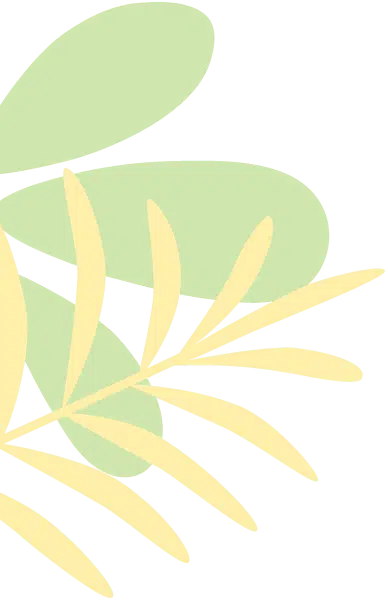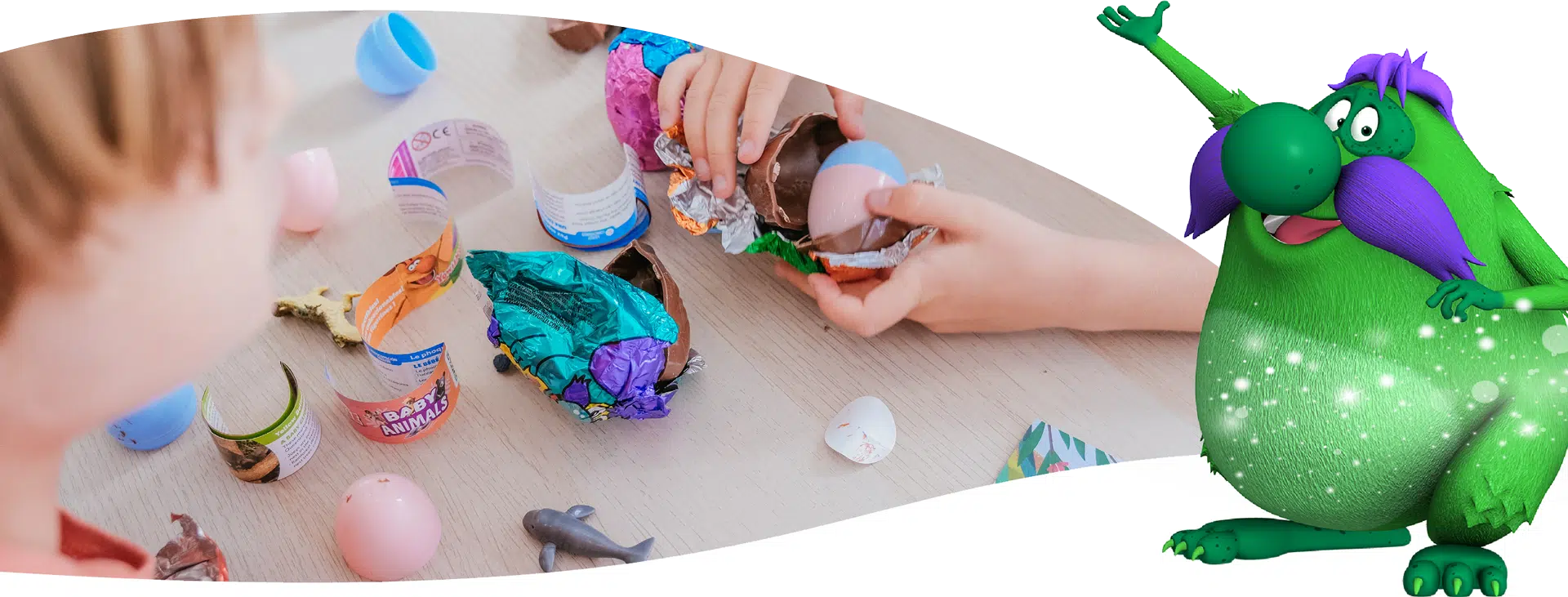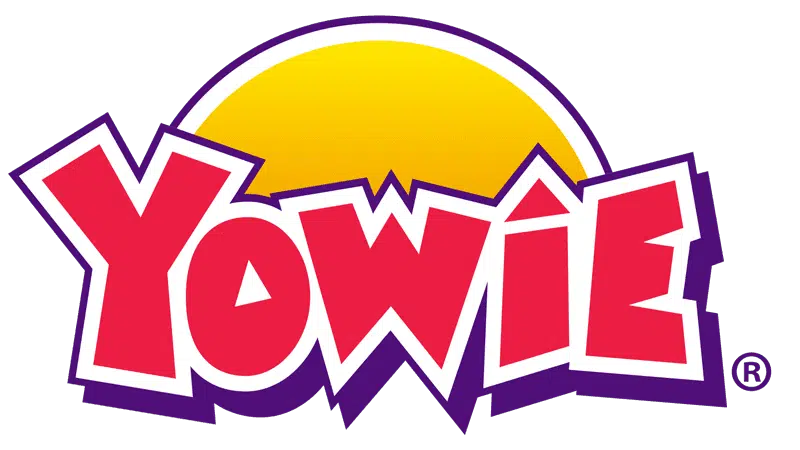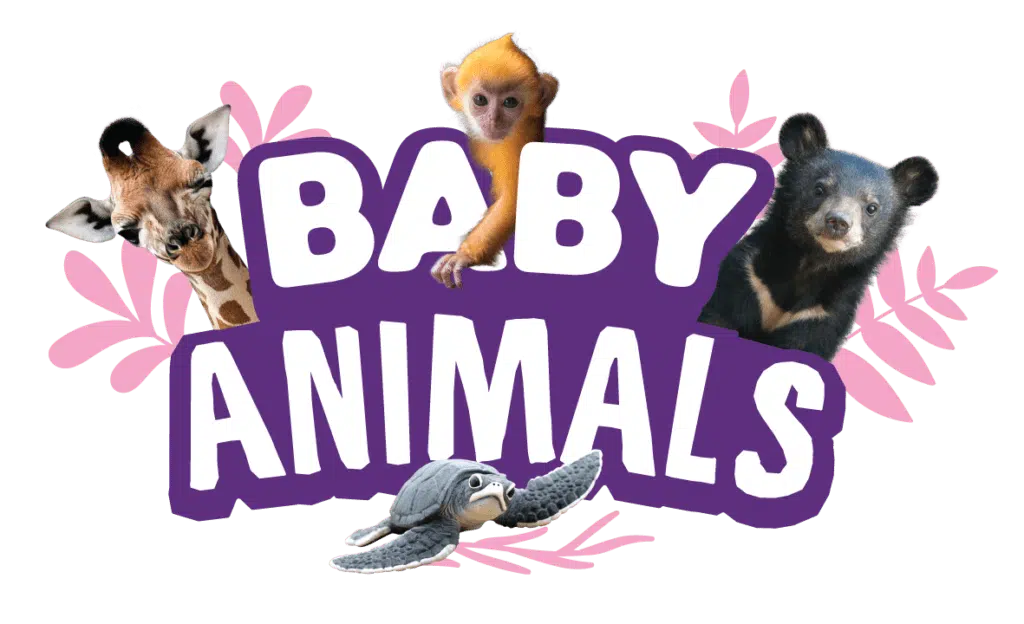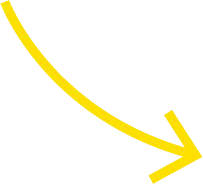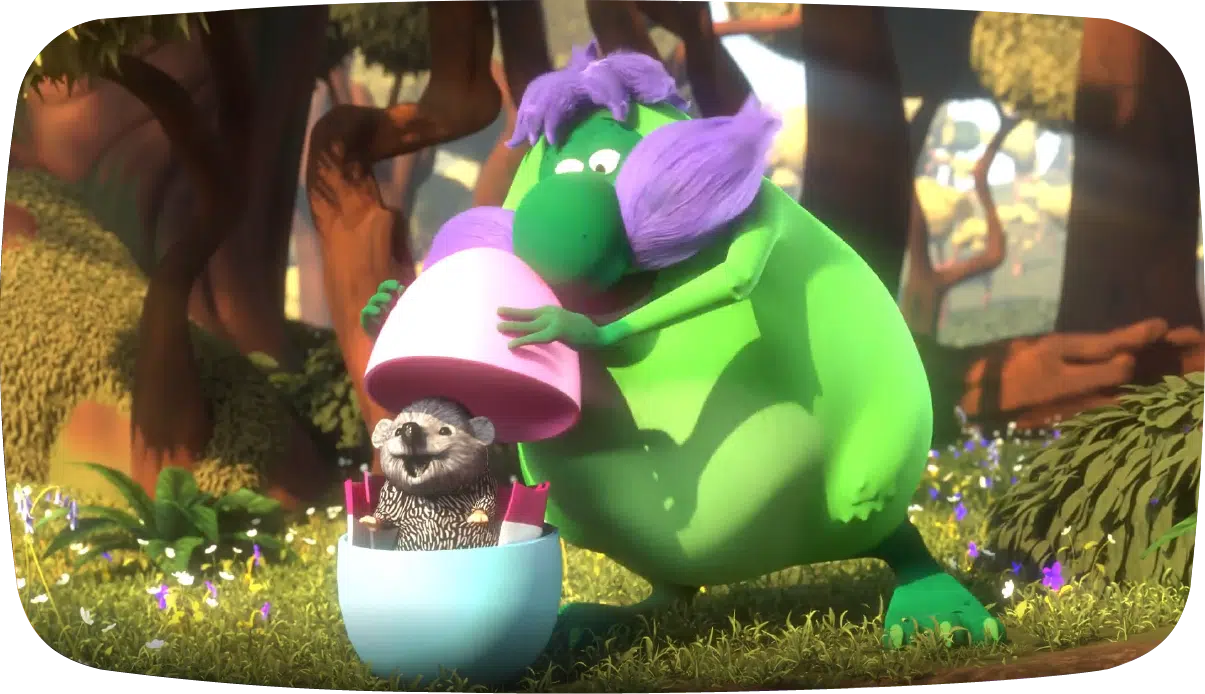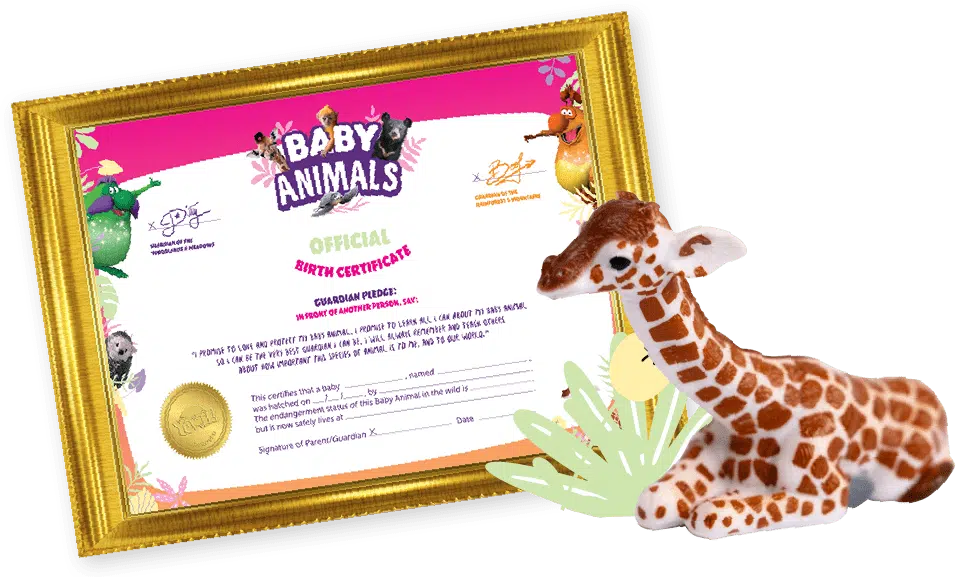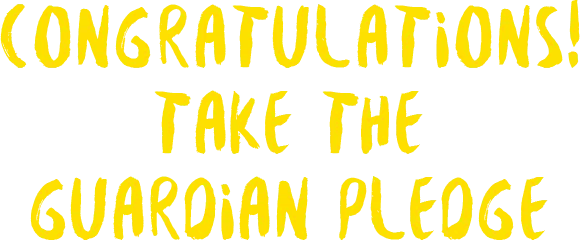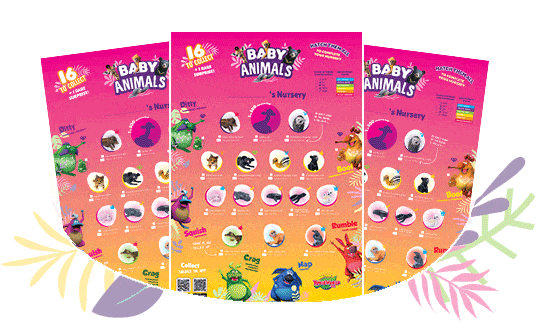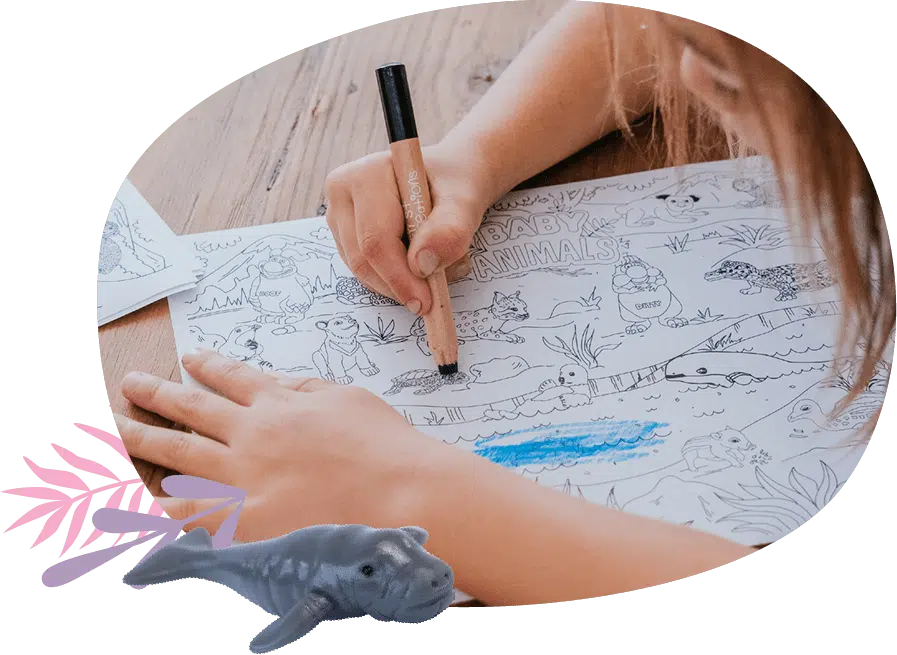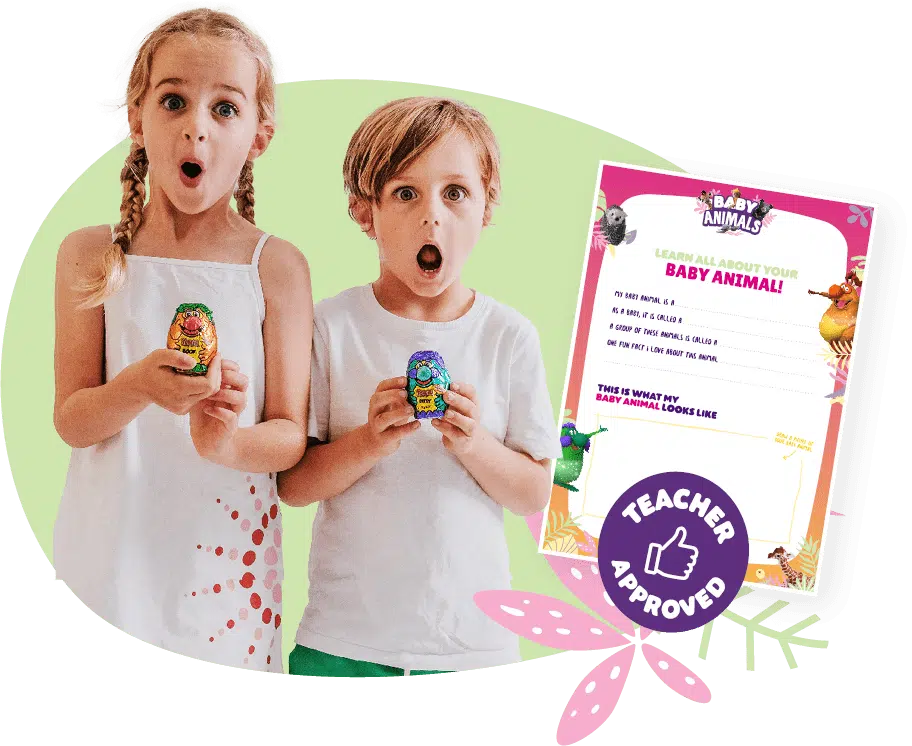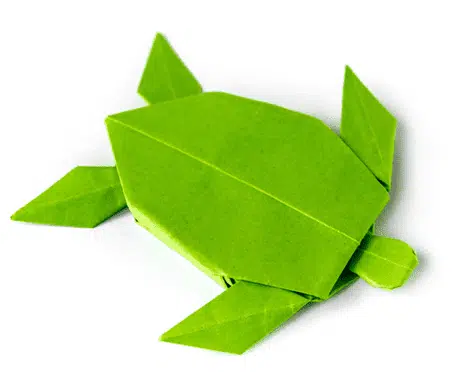No products in the cart.

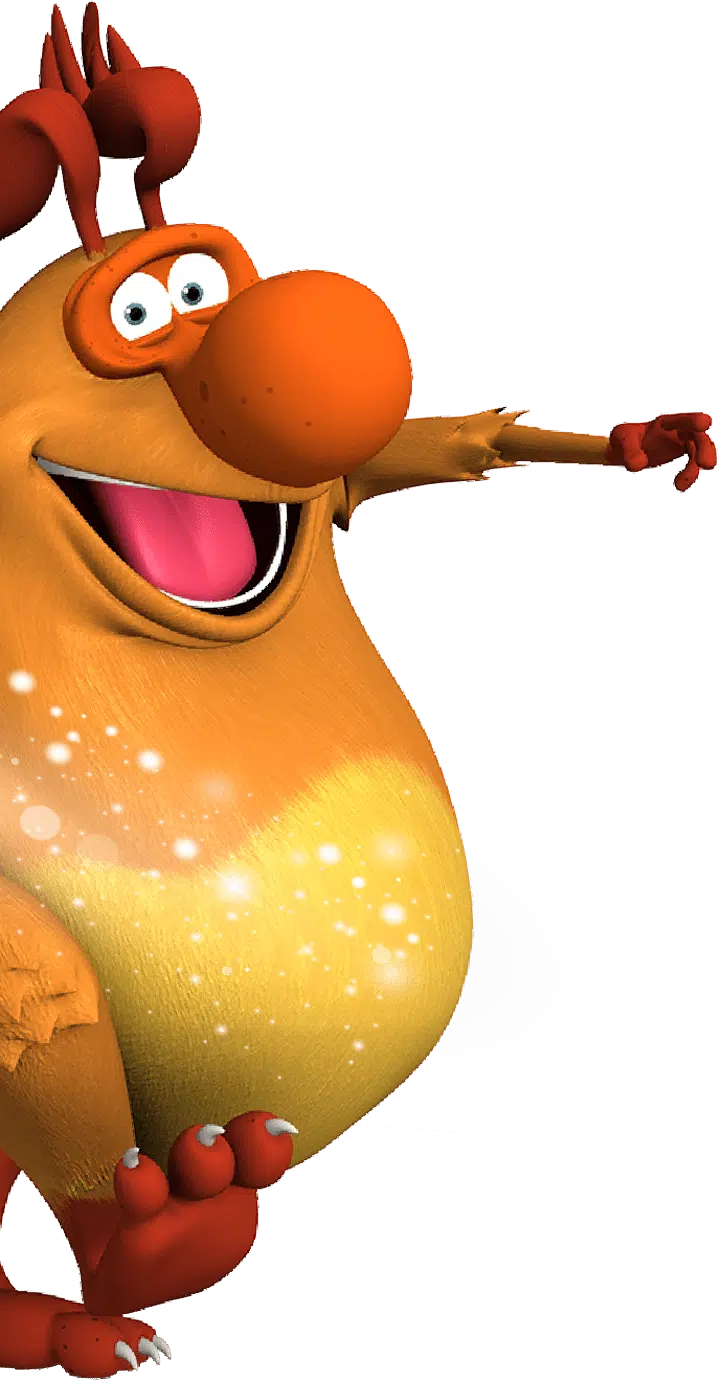
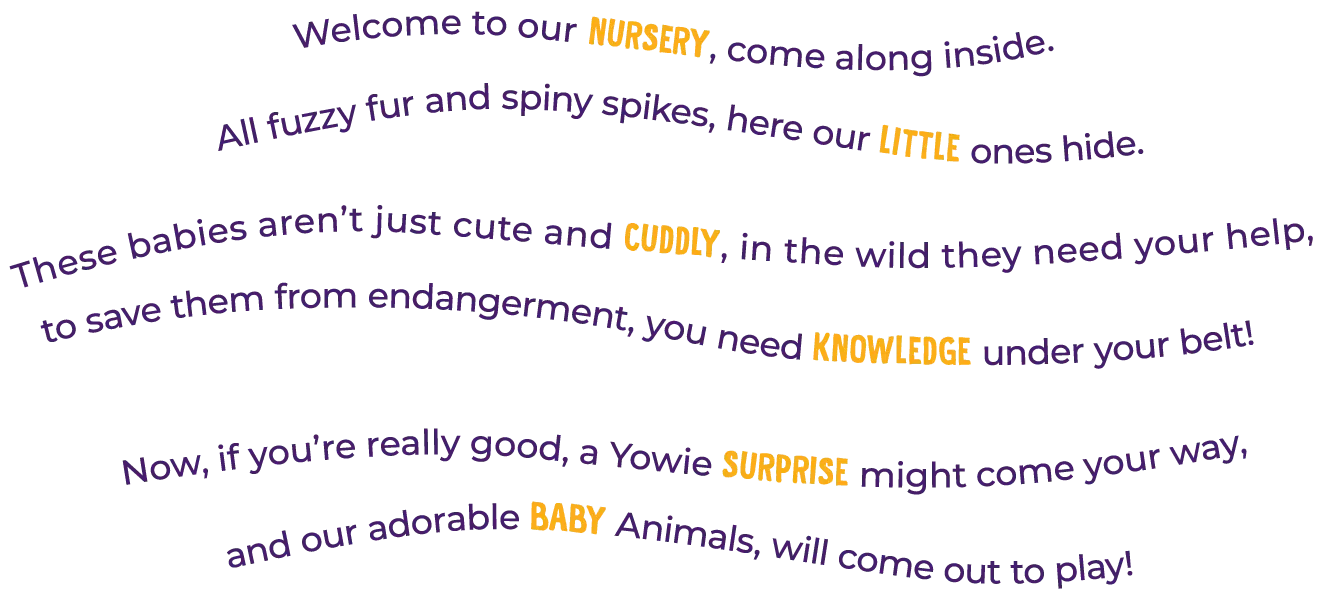


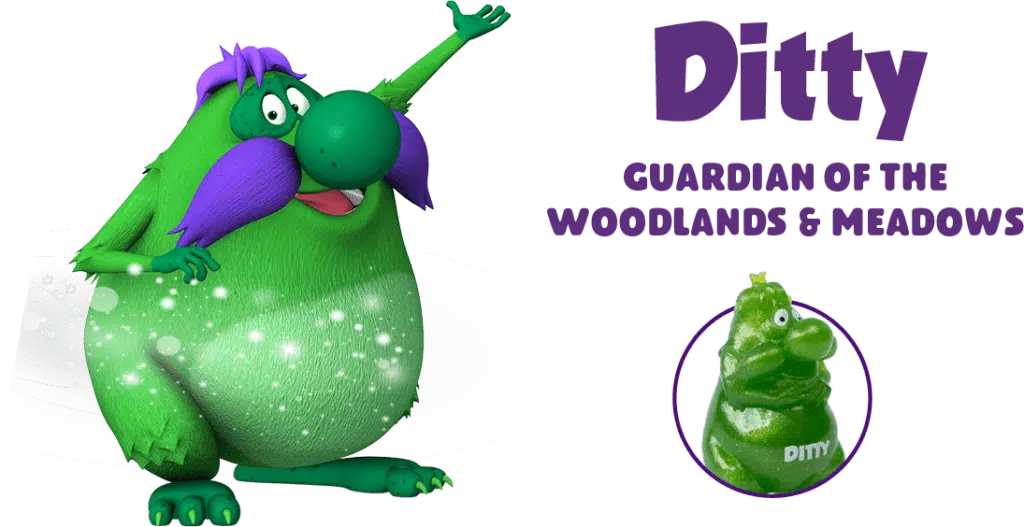
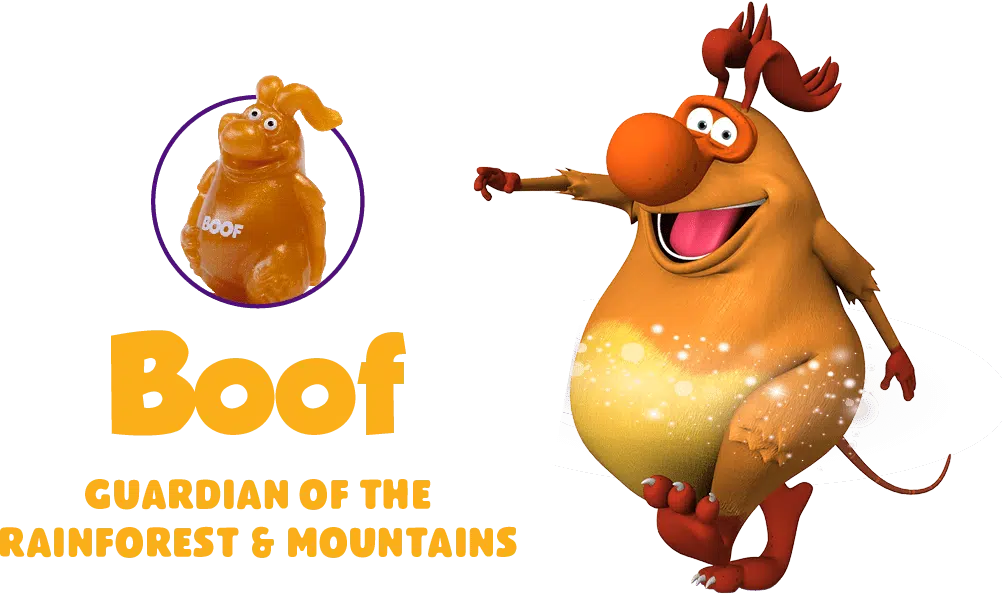

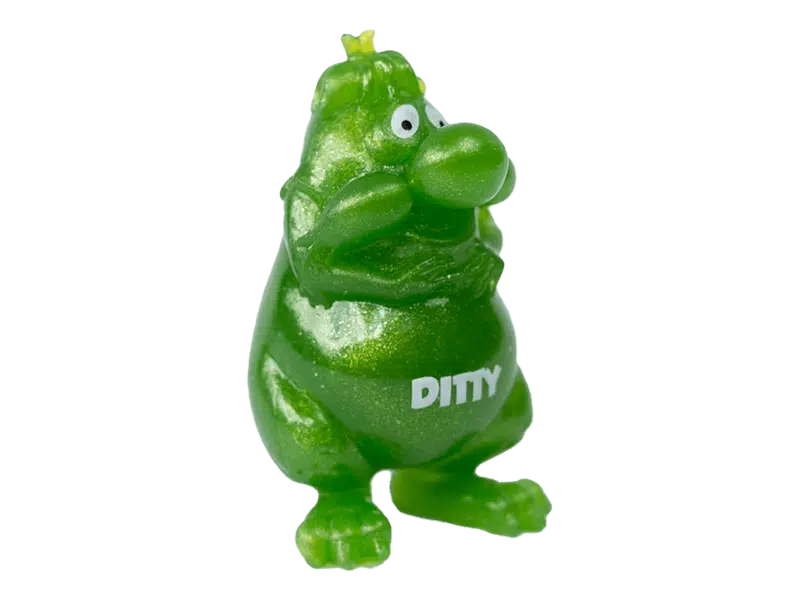
DITTY
(The Lillipilli Yowie)
Guardian of the Woodlands and Meadows
Ditty is the poet of the Yowie Pack. In love with its habitat and its wildfolk, Ditty spends time foraging with cousin wombat chasing butterflies and conducting cicada and cricket concerts. Always on the lookout for trouble in the woodlands and meadows, Ditty is a determined protector of its habitat.
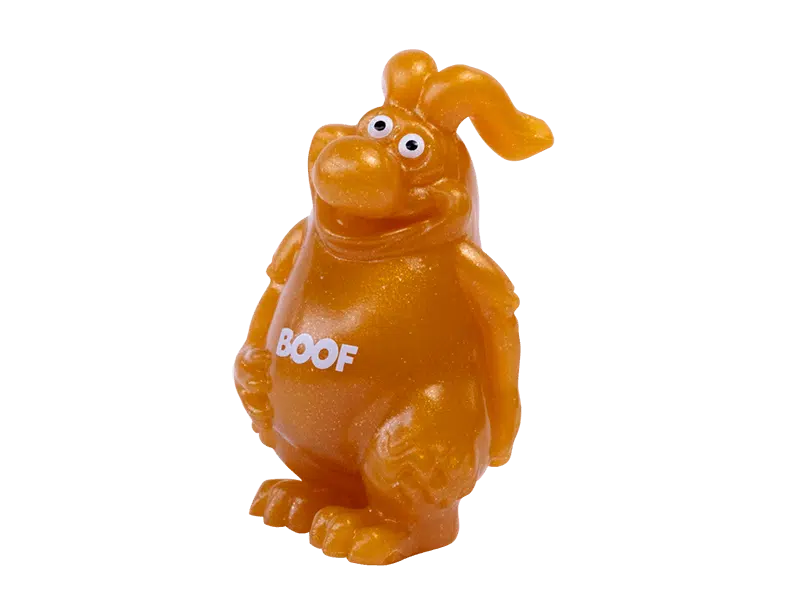
BOOF
(The Bottlebrush Yowie)
Guardian of the Rainforest and Mountains
Ruler of its vast habitat of rainforests and mountains, Boof is delightfully unpredictable and the ever-funny clown of the Yowie Tribe. So brim full of joy, Boof is inclined to be a little clumsy as it trips among tree roots and toadstools with cousin bandicoot. But Boof is always around when needed to help friends and wildfolk.
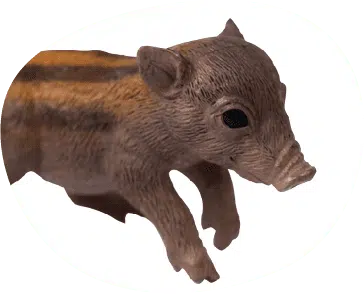
Visayan Warty Pig
(Sus cebifrons)
A baby pig is called a piglet
This critically endangered wild pig is believed to be extinct on all but two of the six Philippines Visayan Islands where they live.
- Piglets, born in litters of 2-4 and protected by their moms, are born with coloring that helps protect them from predators and hunters.
- Farmers have cleared 95% of their original habitat which means limiting their natural food sources and driving them to eat crops to survive. Then, farmers consider them pests to be killed.
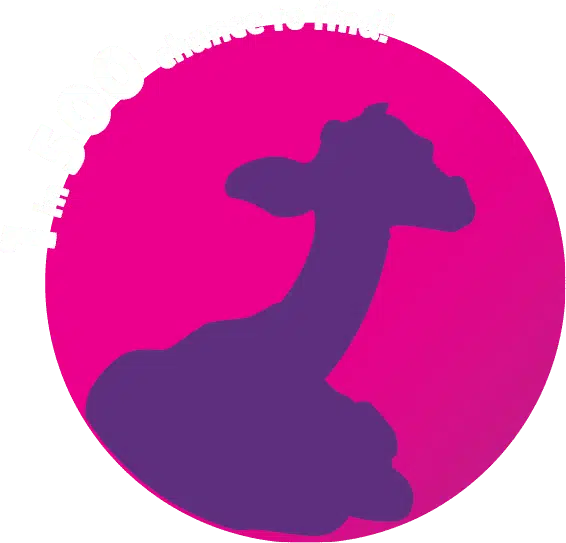
Giraffe
(Giraffa camelopardalis)
A baby giraffe is called a calf
Giraffes can be found throughout Africa from Chad in the north to South Africa in the south, and from Niger in the west to Somalia in the east.
- The different colored patches that a giraffe calf is born with help to camouflage them from predators like lions and leopards.
- Calves can stand and keep up with the “tower” (that’s what a group of giraffes are called), within an hour of birth!
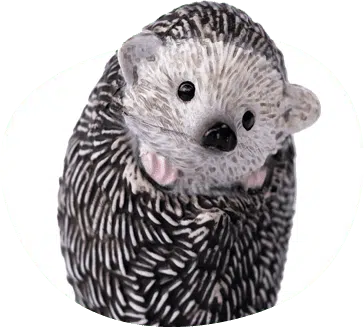
North African Hedgehog
(Atelerix algirus)
A baby hedgehog is called a hoglet
With spines that are harder and sharper than a porcupine, they are native to the northern parts of Africa from Libya to Morocco.
- A mom hedgehog can have between 3 and 10 hoglets who are born blind! But they get their vision quickly. Their spines come out about 36 hours after they are born.
- They are threatened mostly by humans and roads. They are often run over by cars and killed by humans for food or profit.
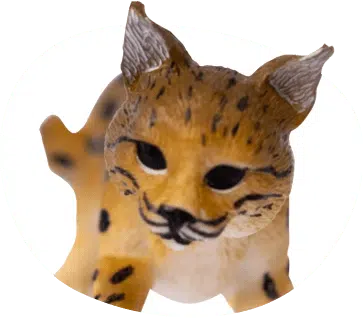
Iberian Lynx
(Lynx pardinus)
A baby lynx is called a kitten, or cub
Native and restricted to the Iberian Peninsula in southwestern Europe, the Iberian Lynx is the most endangered cat species with only about 400 mature adults alive today.
- The kittens are born in litters of 2 or 3 and their mom takes care of them for 20 months.
- They have low birth rates due to human development and habitat loss causing them to have little area to live, hunt and mate in.
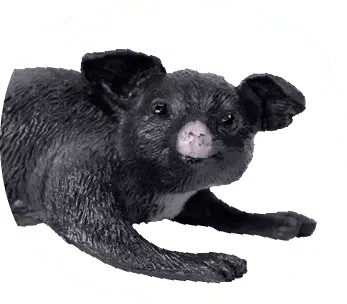
Yellow Bellied Glider
(Petaurus australis)
A baby glider is called a joey
These marsupials are native to the eucalyptus forests of eastern Australia, northern Queensland, and southern Victoria.
- Joeys are born in litters of 1-3 and carried in their mother’s pouch at first. Then they nest in the trees until they are weaned.
- Rainforest destruction and timber harvesting have taken down old Yellow Bellied Glider nest trees, contributing to their largest threat, the loss and division of their habitat.
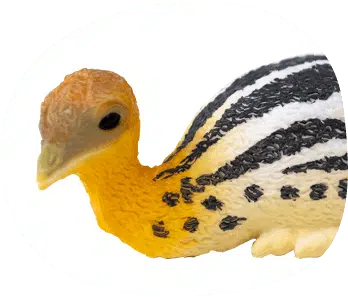
Southern Cassowary
(Casuarius casuarius)
A baby bird is called a chick
These pre-historic looking birds are native to rainforests in New Guinea and Northeastern Australia.
- Chicks are born with striping that camouflages them from predators like dogs, dingoes, crocodiles, and feral pigs.
- Cassowary bird dads (males) take care of the nest and eggs until they hatch. They care for their chicks for nine months and teach them how to find food and defend themselves.
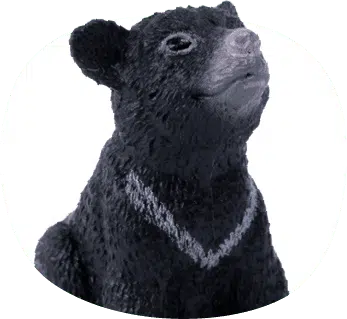
Asian Black Bear
(Ursus thibetanus)
A baby bear is called a cub
Native to Asia and largely adapted to life living in the trees, they have a distinct white, sometimes V-shaped, patch on the chest.
- Mom Asian Black Bears can have 1 to 4 cubs, 2 on average, that spend their first few months of life inside a den. They stay with mom until they are 2 or 3 years old.
- These bears face serious population decreases from hunting and selling of their valuable paws, gall bladders and cubs.
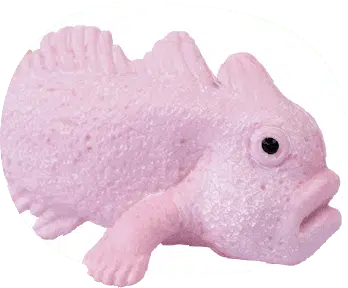
Giant Frogfish
(Antennarius commerson)
A baby fish is called a fry
With modified pectoral fins resembling legs, the Giant Frogfish “walks” the ocean floor in tropical waters from the Indian Ocean to the eastern coasts of the Pacific Ocean.
- A fry of this species can grow up to be 50cm or 19.75” long! Plus, they can change color based on their surroundings.
- A mom Giant Frogfish can produce between 40,000 and 180,000 eggs at once! And the babies can have all sorts of coloring.
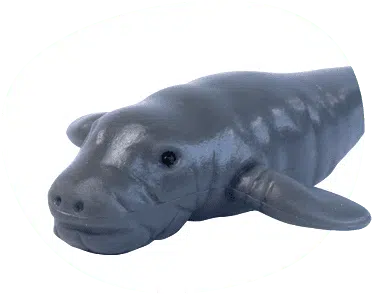
Dugong
(Dugong dugon)
A baby dugong is called a calf
This large and long living marine mammal is found in the northern waters of Australia.
- Unlike many other animals, Dugong calves stay with their mother for up to 6 years until they reach maturity.
- Despite legal protections, they are still hunted, caught in fishing nets, and run over by boats. Scientists believe they are vulnerable to becoming extinct.
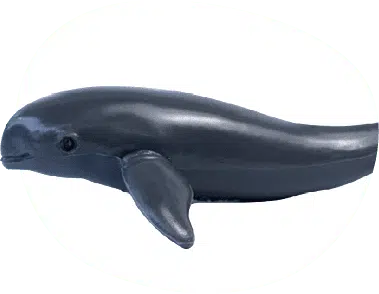
Finless Porpoise
(Neophocaena phocaenoides)
A baby porpoise is called a calf
These small but smart marine mammals live in the coastal waters of Asia.
- Unlike most porpoises, they don’t have a fin on their back, called a dorsal fin which is how they got their name.
- Because they live in busy waterways they are caught in fish nets, killed by boats and affected by highly polluted and toxic waters.
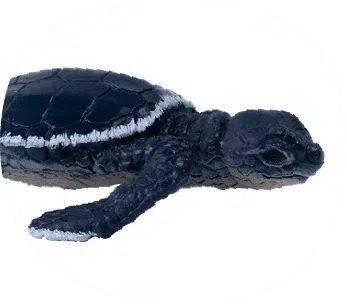
Loggerhead Sea Turtle
(Caretta caretta)
A baby turtle is called a hatchling
These majestic sea turtles are found in the Atlantic, Pacific, and Indian Oceans, as well as in the Mediterranean Sea.
- Hatchlings come out of their eggs then need to find their way to the sea to survive. They are threatened by human disturbances like houses and bright lights that can confuse the baby turtles.
- They are also in danger from animals that like to eat their young like snakes, skunks, cats, seabirds, and even crabs.
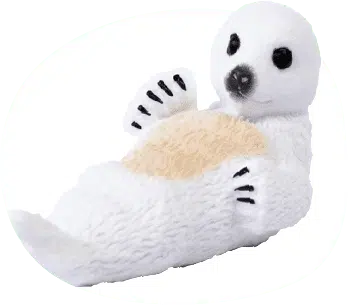
Harp Seal
(Pagophilus groenlandicus)
A baby seal is called a pup
Harp Seal pups are born on floating ice in the northernmost Atlantic Ocean and Arctic Ocean.
- Pups are born with snowy white fur, which helps to hide them in the ice and snow, from predators like polar bears and human hunters who want their fur.
- The Harp Seal moms can tell which pup is theirs through smell!
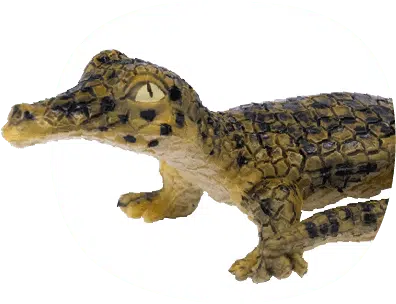
Cuban Crocodile
(Crocodylus rhombifer)
A baby crocodile is called a hatchling
This crocodile is now only found in two, small areas in Cuba, Zapata Swamp and Lanier Swamp.
- The mom crocodile builds a mound nest and then lays 30 to 40 eggs at a time since many eggs get eaten by predators.
- Not only vulnerable from its restricted habitat, this species has also faced substantial hunting by humans as well as hybridization with other crocodile species.
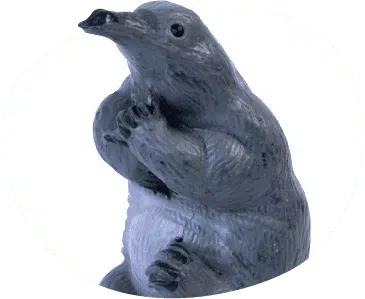
Short-Beaked Echidna
(Tachyglossus aculeatus)
A baby echidna is called a puggle
Native to Australia and New Guinea, these mammals are born fetus-like with gray, hairless skin while adults have long, sharp spines.
- Echidnas are quite unique because they are mammals that lay eggs! Egg bearing mammals are called “monotremes”.
- Puggles start as eggs and then develop in their mother’s pouch until they start to grow spines. Then their moms take care of them in their burrow for the next six months while they nurse.
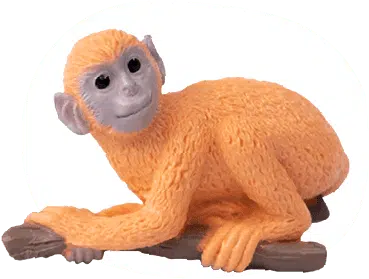
Silvery Lutung
(Trachypithecus cristatus)
A baby monkey is called an infant
The Silvery Lutung lives in coastal, mangrove, and riverine forests in Peninsular Malaysia, Sumatra, and Borneo.
- It is believed that infants are born with bright orange fur to camouflage them from red/green colorblind predators like cats. To the cats they are the same color as the foliage!
- They live in groups of 9-40 with all adult females caring for infants and rarely leaving the trees that provide protection.
